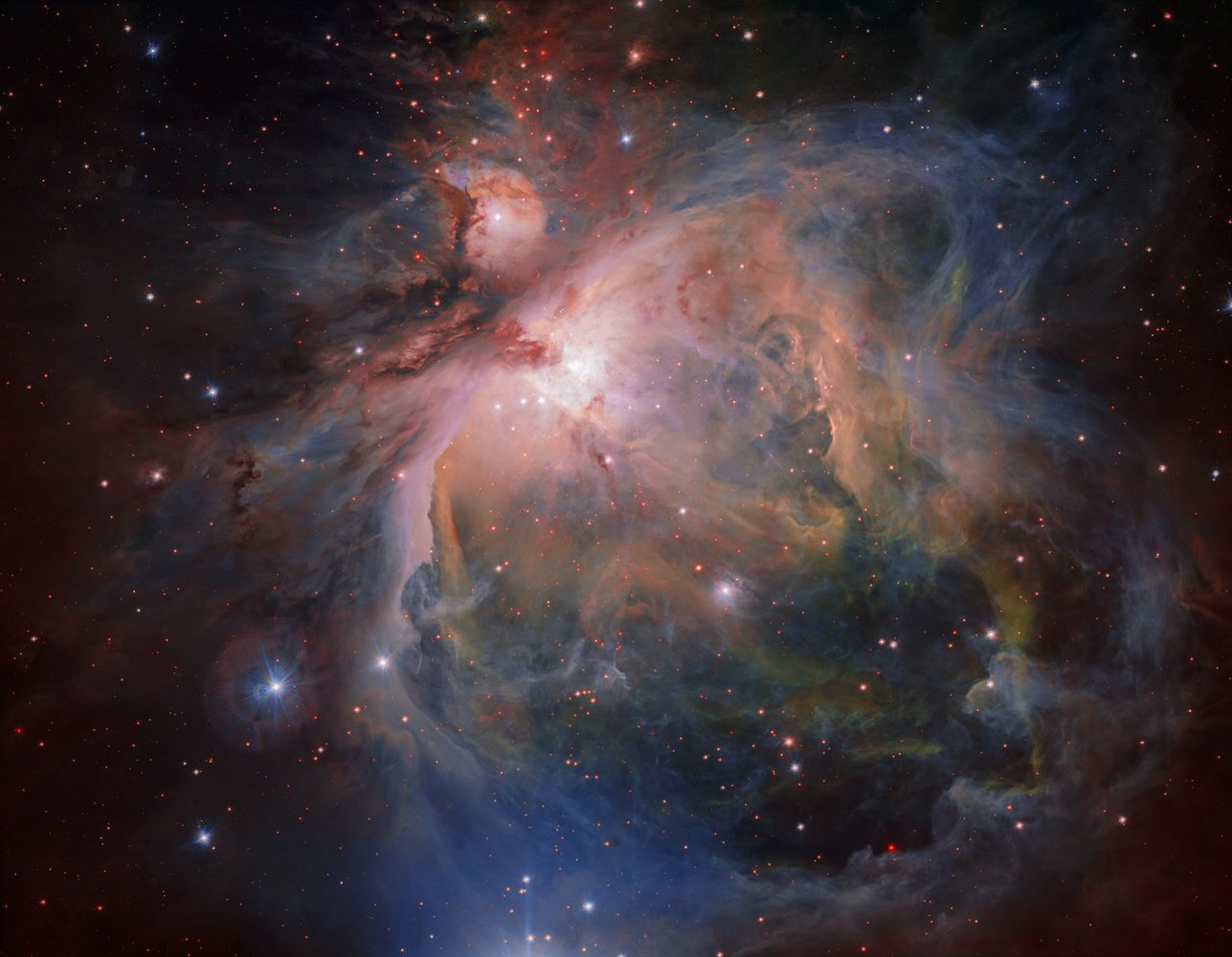
Probably the most spectacular feature of our Milky Way galaxy is its spiral arms.
We can’t get a probe far enough out yet to take a galactic selfie, but astronomers are reasonably sure that we live in a spiral galaxy. Observations of other spiral galaxies offer clues to what kind of objects can help us trace out the shapes of spiral arms, called spiral tracers. Using those spiral tracers, we’ve been able to map out patterns within our own galaxy that appear to be spiral arms.
Over the years, astronomers have tested the spiral arm hypothesis against the evidence again and again, and there is now a great deal of confidence that the Milky Way is a spiral galaxy.
More than that–star formation, which we know is limited to the disk of the galaxy (rather than its central bulge or halo), appears to be specifically found in the spiral arms.
But why? And for that matter…what even are spiral arms?
Continue reading